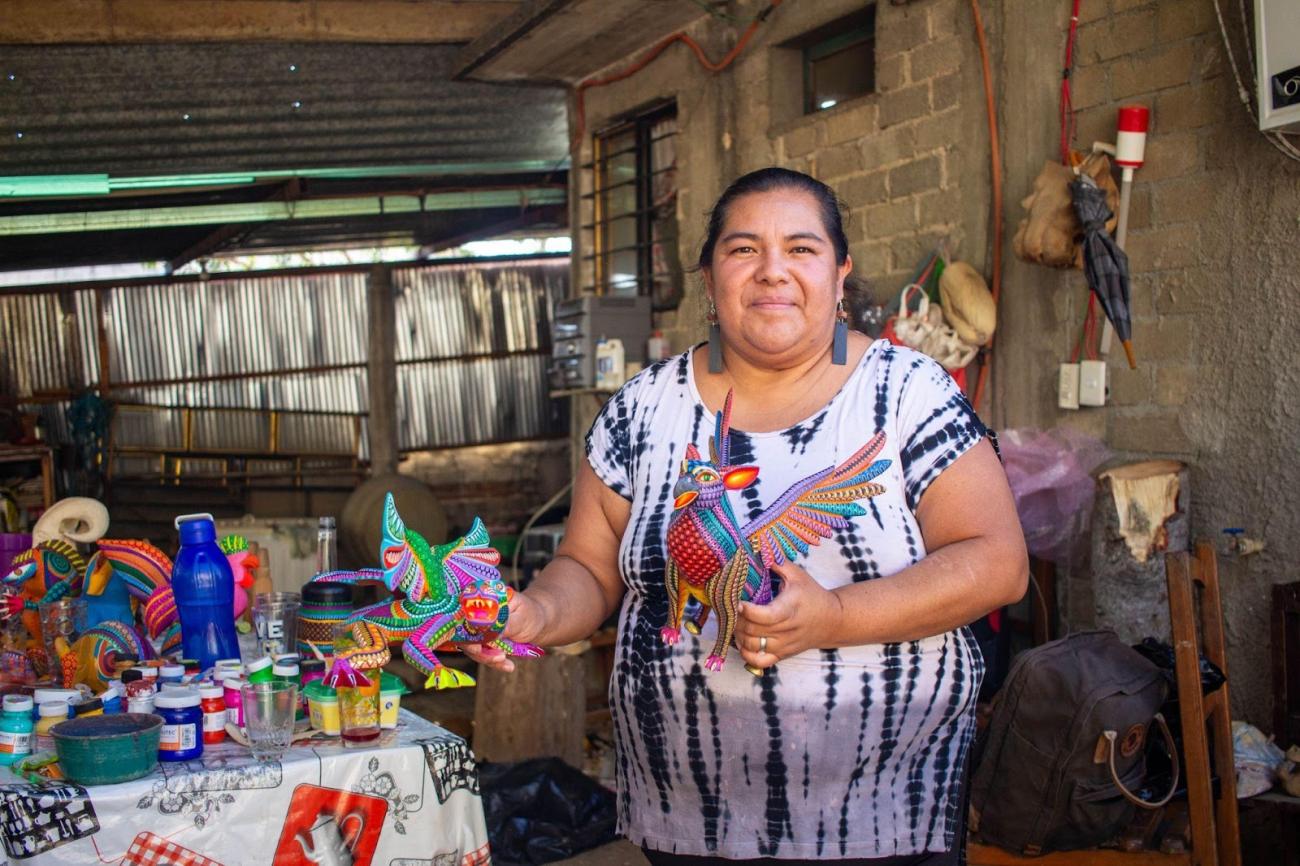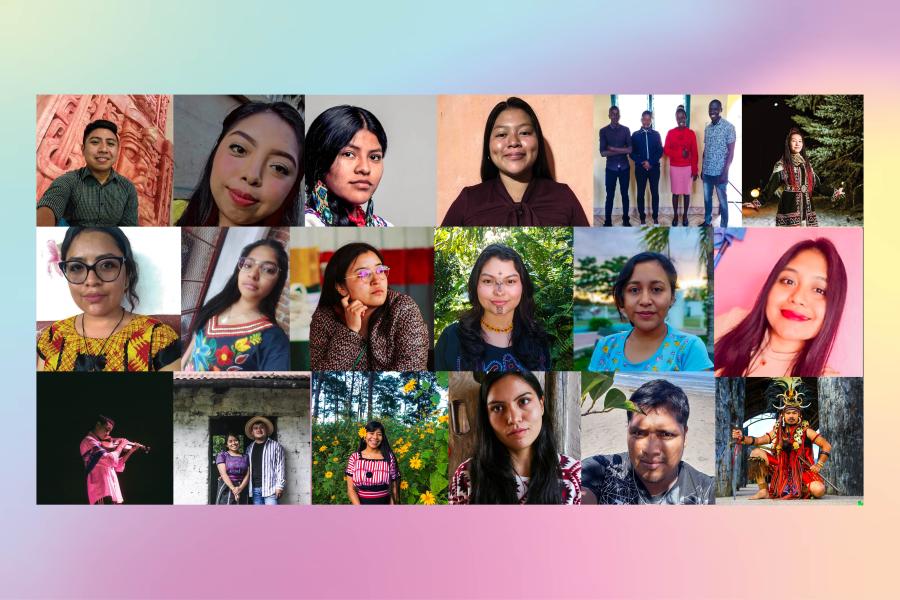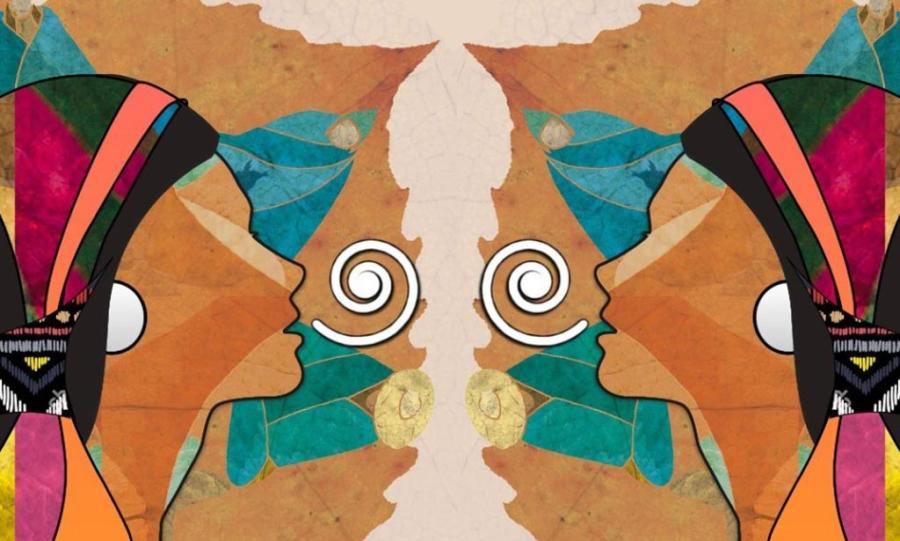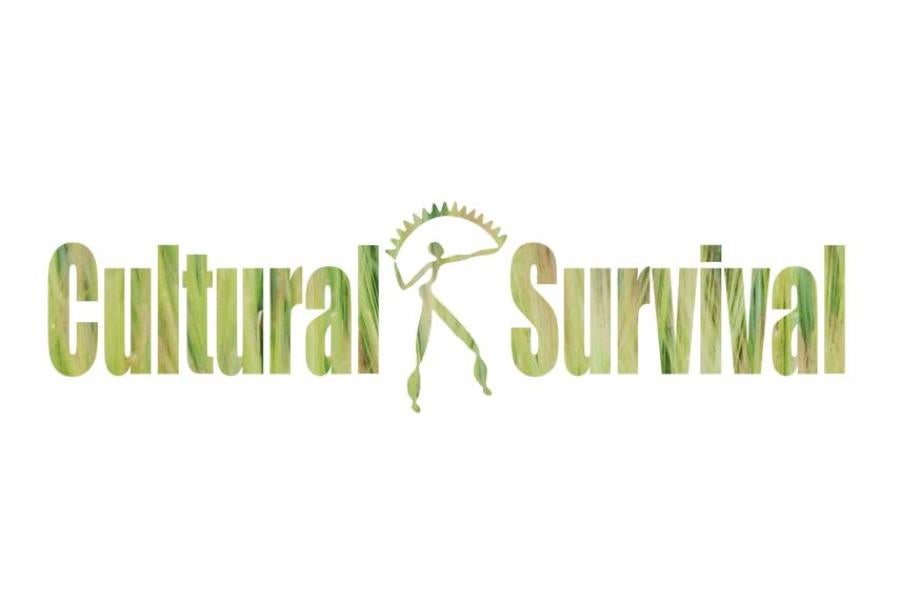
By Hartman Deetz (Mashpee Wampanoag)
That most Native Americans speak Spanish is a fact that flies in the face of many stereotypes and assumptions about immigration, who is Native, and where America is. Outside the United States and Canada, when you speak of Americans as if people from the States own the identity, you will quickly find pushback from someone who will point out that the Americas are two whole continents, not just one nation. From the southern tip of Chile or Argentina to the icebound shores of Alaska and Nunavut, all are included in the Americas. But here in the United States, we are quick to label Spanish speakers from Mexico and points south as “Latino,” a term that often erases Indigenous identity. Along the U.S. southern border, many detainees are monolingual, non-Spanish speaking. They speak the diverse languages of the South; Quechua, Tucanoan, Miskito, or Chontal.
This past winter, I was invited to attend a trip to Oaxaca, Mexico, organized by Mathematics professor Raj Jesudason from Northeastern University as a part of what she calls “the Oaxaca Project.” This trip was set to focus on cultural arts and education happening in the Indigenous communities in Oaxaca. On our group's first excursion, we met Maritza Duvelu, a traditional candlemaker in Teotitlan del Valle. Duvelu told us that her first language was Zapotec and that she only learned Spanish when she started to go to school. We went on to learn about the harvesting, processing, dying, and shaping of the beeswax into candles. After her presentation, we learned from her father more about natural dyes and the processing of wool for weaving rugs and garments. The educational experience touched on aspects of geometry, physics, chemistry, botany, and entomology, all pulled out of real-world applications.
This fundamentally Indigenous approach to education is at the core of the Communal Autonomous University of Oaxaca (UACO). One of the leaders from the UACO, Carlos Alberto Rico, spoke of the four pillars of their system: territory, party, work, and organization. In a project that spans 16 communities across Oaxaca, the UACO plans to make this Indigenous pedagogical approach to education part of its foundation. Drawing from experiential learning in the communities, the UACO has no central campus. Instead, each of the 16 communities offers educational experiences that draw from local cultural and ecological knowledge. The 16 communities speak variants of Mixtec and Zapotec languages that are not mutually intelligible, so Spanish is the common language spoken from village to village.
I was invited to take part in discussions between the UACO and Bruno Cisnero of the National University of Mexico as they worked to align their goals and priorities. Some of the issues were centered around delays in allocating approved funding and threats to accreditation. We had two intensive meetings with Don Carlos and other UACO leaders—Ursula Hernandez, Beatriz Gonzalez Pedro, Geovany Alverez, and Cecilia Erna Gutierrez Gonzalez—along with Kelly Conn and Jesudason from Northeastern University, myself, serving as a Native American cultural educator, and Antonio Recamier, who translated for us.
My Spanish is rough but I can get by, especially if it is the dominant language of my surroundings. When the discussion got flowing and concepts started to rise to the surface in the speaker’s native language, we found that many of these Indigenous concepts and approaches were the same: intersectional learning, accessibility, land-based, community-oriented, cooperation vs. competition, teachers as students, and students being expected to teach. Western European methods of education can have trouble rectifying other approaches, especially when those systems are entrenched.
One aspect of learning that the UACO wants to develop better is the math curriculum. Both Jesuadson and Conn from Northeastern University were focused on opportunities to build curriculum, so throughout our trip, they would cite mathematics or other hard sciences at work, like the refraction of light in the traditional black Oaxaca clay, which has a high gloss on the smooth surfaces while the porous surfaces are matte; the beautiful geometric patterns painted on Alebrijes; and of course, weaving, which uses heavily applied mathematics. Culturally, this region is home to tremendous mathematical traditions—the ancient calendar system, the solar and planetary alignments of the temples and pyramids at Monte Alban, and even the first use of zero, a fundamentally important concept of mathematics that was absent in other parts of the ancient world. Walking through these spaces with a group of educators was a constant reminder of the world, the surroundings, and the land itself as our teacher. The depth of knowledge of our local guides, Luis and Yarima, brought us to the homes and workshops of artisans and provided a contextual understanding of the spaces we walked through.
Fidel Jarquin Ruiz is leading the effort to revitalize the Chontal language. Photo courtesy of Hartman Deetz.
One approach to students acting as teachers is through partnerships with the local school systems. One project starts by planting medicinal plants. Children learn about soil nutrition and conditions, light, and watering schedules that vary from plant to plant. As the garden matures, the children go on to learn about how the medicinal plants, the nutrients and medicinal properties in the plants, and how they help the different systems in the body. Working with this knowledge, the children are then given a lens to learn anatomy that starts with gardening. As Cisnero said, “The true test of understanding knowledge is not to be able to show comprehension but to be able to transmit that knowledge to a student.”
On one of our days, we visited one of the communities that is involved with the UACO. Initially we had a different destination in mind, but conflicts over the roads meant we had to find a substitution quickly. Control over the roads is essentially control over migrants and illicit trade; just as Indigenous communities are struggling to assert their control over education at a local municipal level, Indigenous communities are also struggling to address the criminal elements on the roads from a municipal approach, to be able to adapt and respond to quickly changing circumstances. Thankfully, Yarima’s network of contacts helped her find us a great alternative on short notice. We were invited to an elementary school in Tequisistlán, which became the highlight of the trip for me.
In Tequisistlán, we met Fidel Jarquin Ruiz, who is working to revive the Chontal language. We were able to go to the local school, Escuela México del pueblo de Magdalena, where we saw methods of physical play used to acquaint students with mathematical concepts using the body. According to educator Geovany Alverez, through games and the cultural exchange of traditional dances, children can approach mathematics in creative ways. Mathematics of the body in the form of dance and rhythm is readily accessible and far more fun than traditional equations and problem-solving. Tempo and time harmony are all gateways into math. The children taught us “Head, Shoulders, Knees, and Toes” in Spanish. I shared our traditional Wampanoag dances: Mosquito Dance, Alligator Dance, and Stomp Dance, the last of which is done in the same way as their local snake dance. The children were delighted to be able to participate and take part in a dance that was familiar but also different. We also had the privilege to hear from students who showcased their skills in Zapotec and Chontal languages by reciting poems. Each of the four students took turns reciting their poem in their native language, and then reciting the Spanish translation. While Zapotec is the dominant language in the region, Chontal is severely at risk of disappearing. The word Pachamama stood out in the text of Chontal and seems to have a connection to the Quechua and Aymaran languages of the southern Andes in Peru and Bolivia.
Some of the Chontal language materials that Fidel Jarquin Ruiz is working with. Photo courtesy of Hartman Deetz.
Just as the people in South America have migrated over thousands of years north from the Andes and south from the Rockies, still, today, we bore witness to migrants walking through the heat over the mountains of Oaxaca. Our driver said they were mostly from Guatemala and Haiti, looking to escape the conflicts in their homelands and find work to support themselves and their families. Many hope to eventually reach the U.S. border, a little over 2,000 miles north. When they arrive at the southern border, Spanish will once again be the common language. Those who only speak Zapotec, Chontal, or any of the dozens of other Indigenous languages, will face extra barriers to immigration from people who only speak European languages, particularly English.
On our return to Oaxaca on the dark mountain roads, our bus was stopped five times to check to see if we were carrying migrants. Each time they would look in the back of our bus and see a multi-ethnic group of foreigners that were most clearly distinguished from the migrants on the roads by our wealth and that our English was better than our Spanish. I could not help but think about the rich experience of Indigenous cultural exchange that had occurred at the elementary school and how the Indigenous people of this continent are deprived of this by colonial borders; that even among our own, the Indigenous of the Americas, we allow European languages to divide us rather than bring us together. I am thankful for the chance to practice my Spanish and learn how to talk with more Native Americans.
--Hartman Deetz (Mashpee Wampanoag) has been active in environmental and cultural stewardship for over 20 years. He is a traditional artist as well as a singer and dancer, having shown his art in galleries and performed for audiences from coast to coast across the U.S. He is currently a 2023-2024 Cultural Survival Writer in Residence.
Top photo: Sra Magdalena shows us her Alebrijes at her workshop she shares with her husband, Hugo, in San Javier, Arrazola. Hugo carves and Magdalena paints the sculptures. Photo courtesy of Katarzyna Wosiak.



